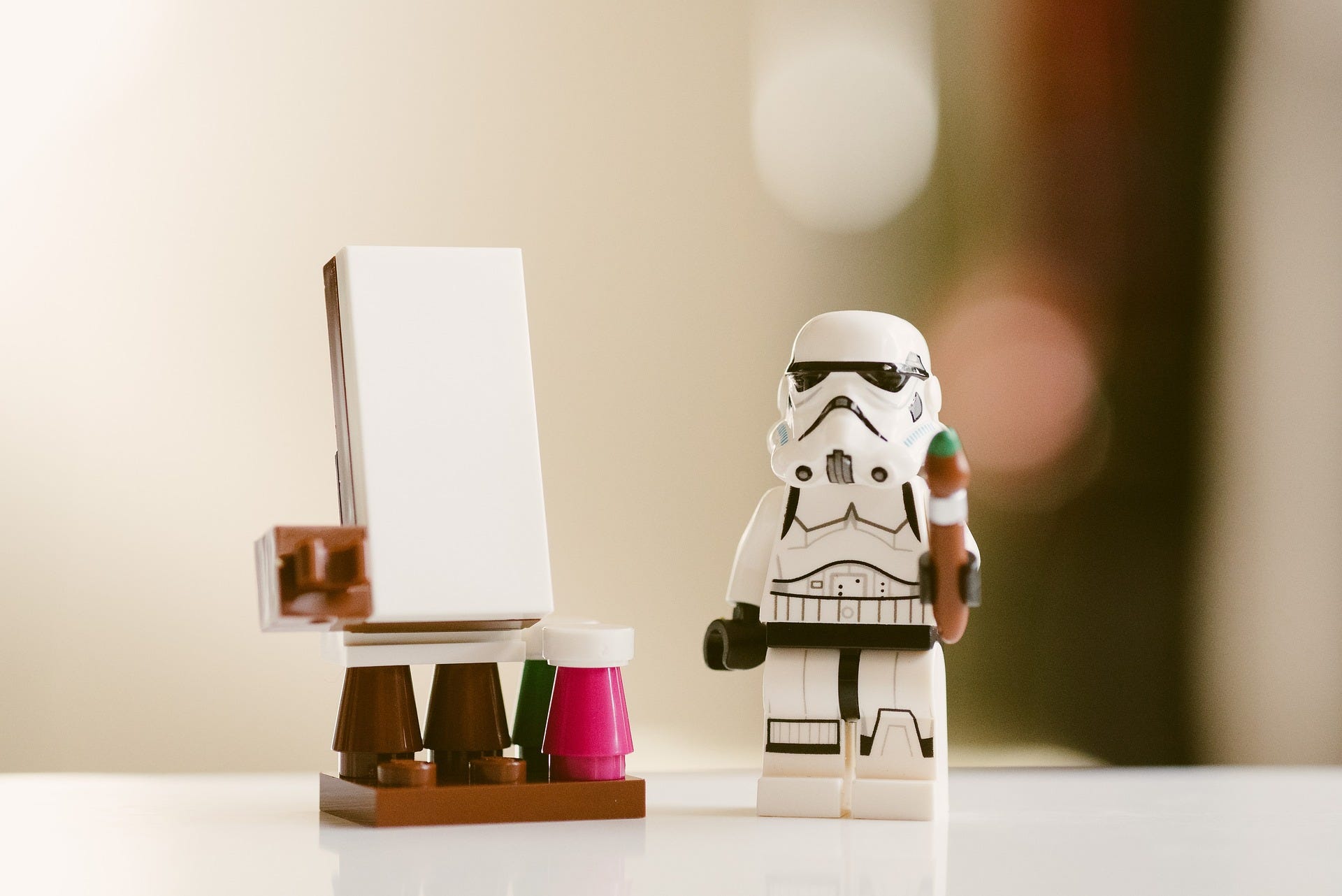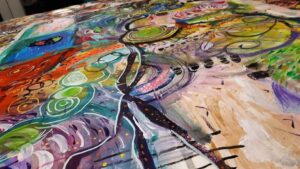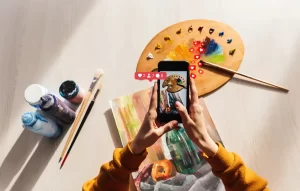In the age of rapid technological advancements, the internet has emerged as a transformative force in various aspects of our lives. One such area deeply influenced by the internet is the world of art. From the creation and dissemination of artwork to the way artists connect with their audience, the internet has brought about a digital renaissance, revolutionizing the art world in unprecedented ways. In this blog, we will explore the profound impact of the internet on the art world and how it has reshaped artistic practices, accessibility, and the art market.
Democratizing Art:
The internet has democratized the art world by providing a platform for artists to showcase their work to a global audience. Artists can now create online portfolios, share their artwork on social media, and engage with art communities. This accessibility has opened doors for emerging artists, allowing them to gain recognition and connect with art enthusiasts, collectors, and galleries from around the world.
Digital Art and New Mediums:
The internet has given rise to a new genre of art known as digital art. Artists are now exploring the possibilities of creating art using digital tools, software, and virtual reality. This new medium allows for interactive and immersive experiences, pushing the boundaries of traditional art forms. Digital art has created a space for experimentation, blurring the lines between art, technology, and interactivity.
Artistic Collaboration and Community:
The internet has facilitated collaboration and the formation of artistic communities. Artists can connect with like-minded individuals, share ideas, collaborate on projects, and provide feedback on each other’s work. Online platforms and forums serve as virtual galleries and meeting places for artists to exchange knowledge and inspiration, fostering a sense of community that transcends geographical boundaries.
Access to Art and Education:
The internet has made art more accessible than ever before. Online art galleries, virtual museum tours, and digital archives have brought renowned artworks and cultural heritage to anyone with an internet connection. Moreover, online art tutorials, courses, and resources have democratized art education, allowing aspiring artists to learn and improve their skills at their own pace.
Changing Art Market Dynamics:
The internet has disrupted the traditional art market by introducing new models of buying and selling art. Online marketplaces and auction platforms have made it easier for artists to sell their work directly to collectors, bypassing the need for traditional galleries. Additionally, digital currencies and blockchain technology have introduced new possibilities for provenance, authentication, and art transactions, addressing issues of trust and transparency.




